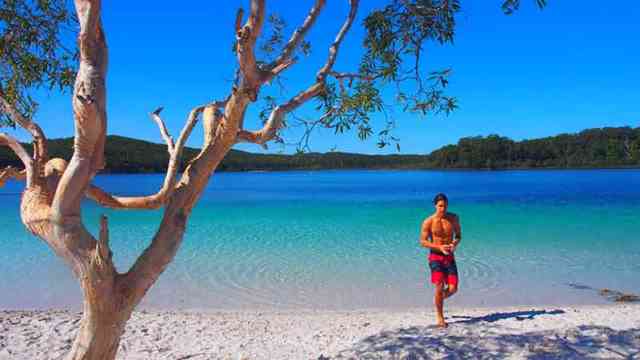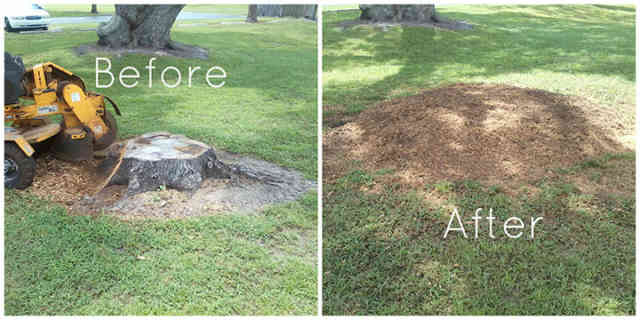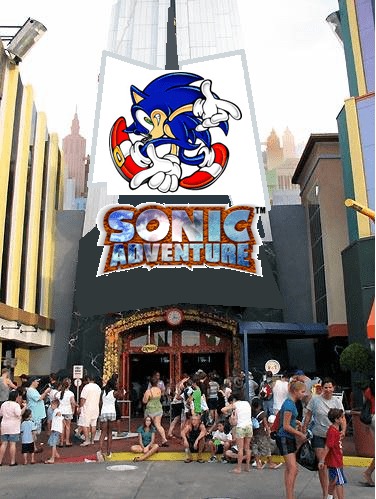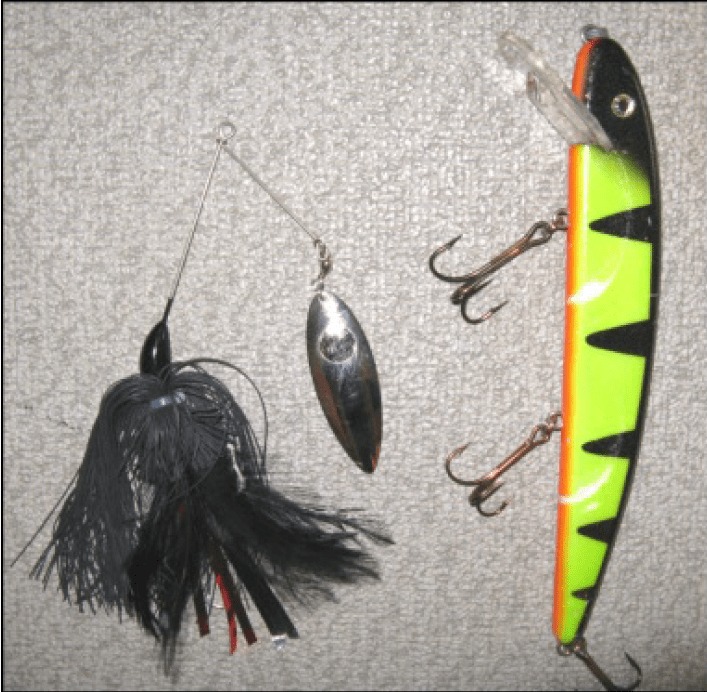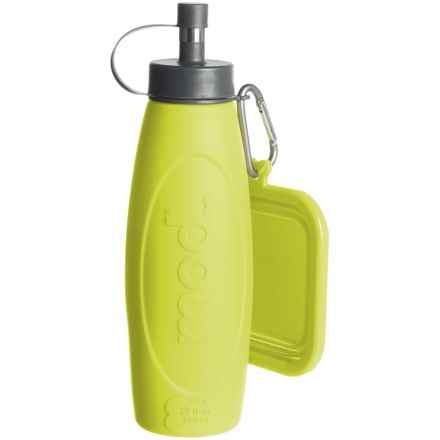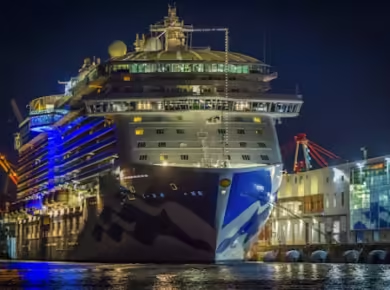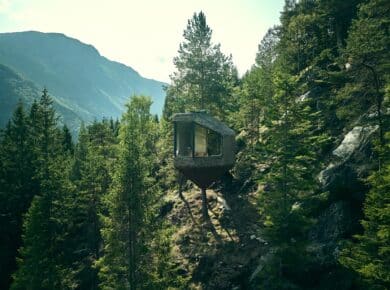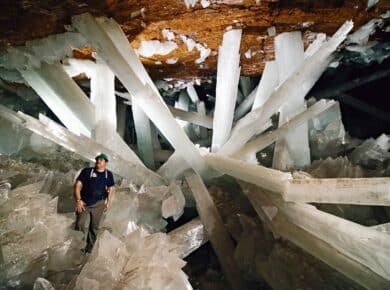Fraser is a much loved tourist destination for day tours and camping – Hervey Bay locals love it as well! You get to see nature at its best, unspoilt and undisturbed by human presence. The island has a rich history spanning many centuries.
One of the largest sand islands in the world, Fraser is about 120 kilometres in length and 24 kilometres wide. Located off the south-eastern coast of Queensland, the island was declared a designated World Heritage site in 1992. Spread over an area of 1,840 square kilometres, Fraser Island is a region with diverse flora and fauna.
It was formed over 750,000 years ago by the accumulation of sand on volcanic bedrock which acted as the perfect catchment for the sediment carried by the ocean currents. The islan was earlier known as the Great Sandy Island for a while before it was renamed Fraser Island. Despite it being a sandy island, plant life is abundant due to the presence of mycorrhizal fungi – the kind of good fungi that releases nutrients which are absorbed by the plants, helping them thrive in such inhospitable conditions.
The islan was renamed after Eliza Anne Fraser was shipwrecked there in 1836. She claimed to have been taken prisoner by the Badtjala (Butchella) people who are the indigenous aborigines residing in the area. She was later rescued, but her name stuck, and the island came to be known as Fraser Island ever since.
There are about 865 species of plant life thriving on the islan from tall rainforest trees to small shrubs. The rare Angiopterisevecta, a species of fern that has the largest fronds in the world can also be found on Fraser Island. As a result of this rich plant life, there is a diverse range of animal life residingin and around Fraser Island – mammals, reptiles, birds and even whales!There are also 300 species of ants present as well. The island is protected under the Great Sandy National Park and there are strict guidelines to follow so there is no damage done to the ecosystem.
Fraser Island also has over 100 freshwater lakes spread around further adding to a rich aquatic life as well. Crustaceans like mud crabs, cetaceans such as Humpback whales and some species of dolphins, sea turtles and dugongs are frequent visitors. The waters are among the cleanest in the world and one of the largest perched lakes, Lake Boomanjin spread over an area of 200 hectares,can also be found at Fraser Island.
The last of the pure Dingoes are also residents of Fraser Island,which is why domesticated dogs aren't allowed inside to prevent cross breeding and dilution to the lineage. Dingoes or wild dogs are indigenous to Australia and are held in high regard by the indigenous aborigines.
All of this makes Fraser Island a favourite destination to spend a day touring in Nature's lap. With the rich selection of beaches and rainforests in Fraser Island you can also plan to do some camping, to experience the true essence of nature's beauty and feel the great outdoors come alive!
